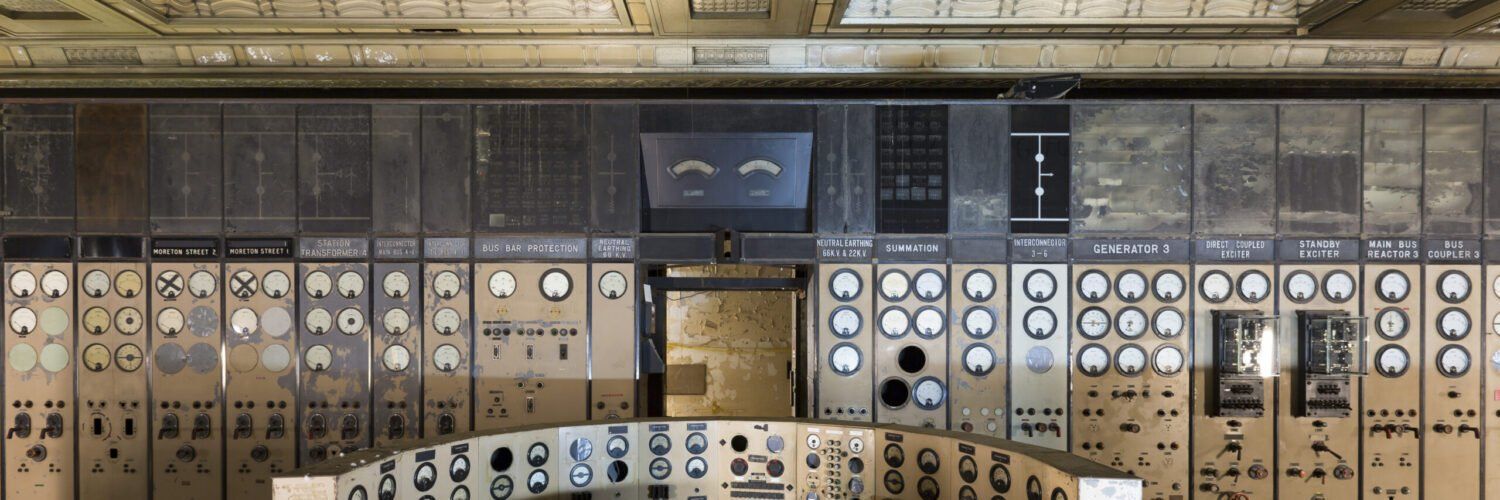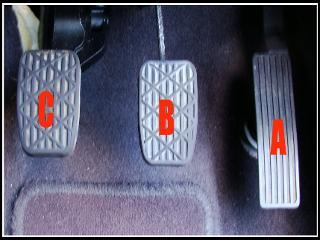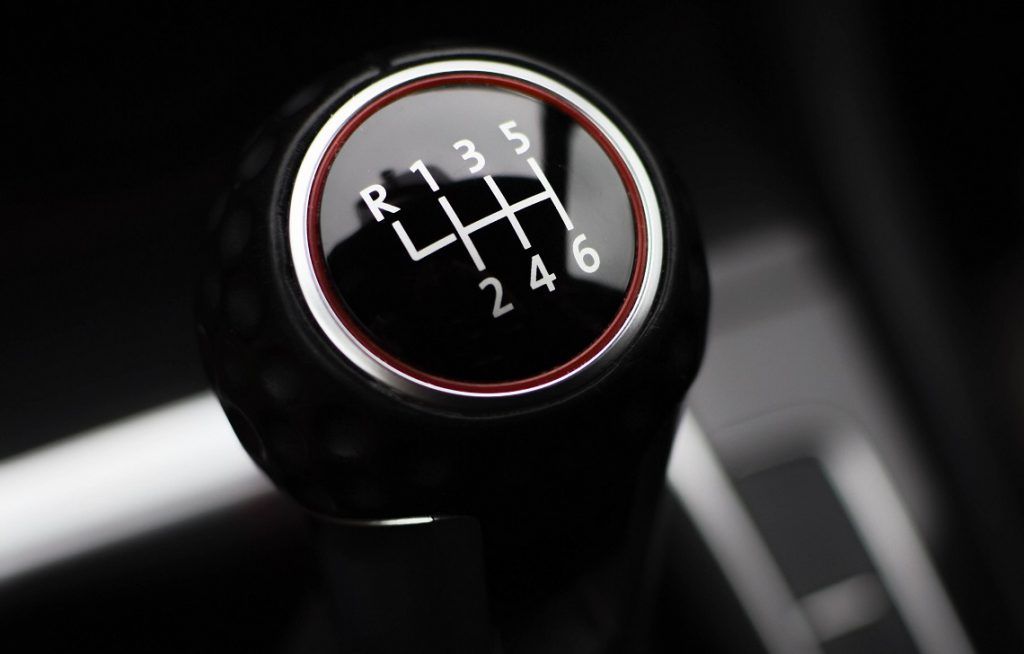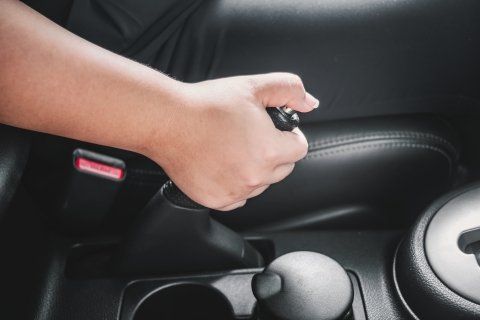Online driving tutorials
The controls of a car are very similar to one another. It's easy to feel overwhelmed when you first start as each hand and foot has many different tasks to perform, often very different from one another. Through repetition and muscle memory, you'll pick it up before too long. Here are the basic controls of a car.
The pedals
Your feet control these. Remembering ABC, (Accelerator, Brake, Clutch) just in reverse, is an easy way to remember which is what.
The Accelerator (A)
is used for making the car go faster, it allows fuel to flow into the engine. The firmer you press it, more fuel enters the engine and the faster the car will go. Come off the accelerator and the car will reduce it's speed. The speedometer is the large dial on the dashboard and this informs you of your speed in miles per hour.
The Brake (B)
is the hardest pedal to use and is controlled with your right foot like the accelerator. Make sure you can easily move between the pedals by sitting correctly. This is the pedal that will save you! The brakes work evenly on all four wheels and illuminates the rear brake lights (red lights) at the rear of the car once the pedal has been pressed. Braking should always be smooth and progressive. Gentle at first, getting firmer and then coming off the pedal as we come to a stand still.
The Clutch (C)
is the most difficult to understand. We use it to make the car go, change gear and to stop the car from stalling. We use the clutch to get the car moving too. This is known as finding 'the bite'. When stationary and in first gear, the clutch rises to a certain point where you can feel a vibration change. At this point, inside the engine, it's just being allowed to push the wheels forward a very small amount. Any more release will see the car moving/stalling.
When we want to go faster or slower, we change gear. We come off the accelerator, dip the clutch and go up or down a gear depending on if we want to go faster or slower.
And we use it to prevent the car from stalling when stopping. Stalling is when the engine idols and conks out when the speed is too low for the gear we're in.
Gears
Most modern cars have gears 1 to 5 (sometimes 6) and will always be in the same place. Reverse gear on cars can be found in different places. Check the head of the gear stick to see where it is on your car. The clutch must be fully depressed in order to change gears and you'll need to be completely off the accelerator too.
What gear should I be in?
Is probably the question you'll be asking for a while. To begin with, think in increments of ten. 0-10 first gear. 10-20 second gear. 20-30 third gear and so on. This will change a little later on when becoming more proficient.
First gear is used to move away from a standing position. This gear offers the most power to get the car moving. Changing gear at the appropriate time means reducing engine wear, making your driving smoother and saving fuel.
Handbrake
This is used to secure the car and is operated with the left hand. To take the brake off you need to firmly lift then quickly use your thumb to depress the button. Push it down afterwards to it's resting position. Once the handbrake has been used, return your hands immediately to the steering wheel. Otherwise it's too easy to try and use your hands to stop the car. We use the handbrake on the roads when you feel as though the car is going to roll backwards, or when waiting for long periods at junctions to help prepare to move away quickly into a small gap.
Steering
The steering wheel is used to make the car change direction. The hands must feed the wheel using the 'pull-push' method of steering. The top hand pulls the wheel into a corner whilst the other hand pushes the remaining turn required from the base.
This could feel very weird to begin with and I'd recommend doing what ever you need to make sure you just stay on the road when you first start. However, you'll need to become disciplined in time. You can practice this at home by turning a dinner through your hands in one direction a few times, then back the other way.
The hands must not be allowed to cross one another whilst steering. Your hands should always be in the 10-2 (9-3 is also acceptable) position. If the steering wheel were a clock face, one hand rests at 10 o'clock whilst the other sits at 2 o'clock. This allows for better control of the car.
Indicators
These are found on the stalk to the left of the steering wheel. It's located here so that you're able to operate them with your finger tips whilst keeping some element of your hand on the wheel. Push the stalk down when wanting to turn left and up for right. When you apply the indicators, orange lights flash on the corresponding corners of the vehicle alerting others to your movement intentions.
These are the basic controls of a car. Anything else you need to know, just ask.






